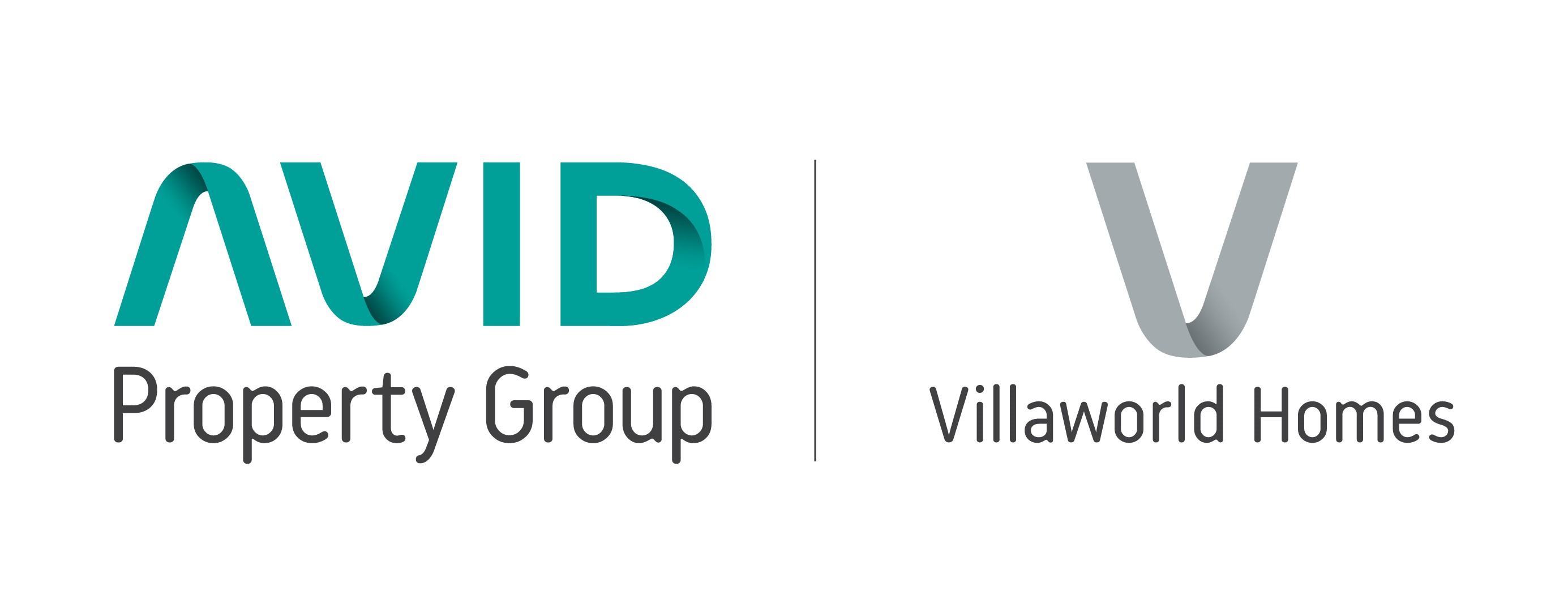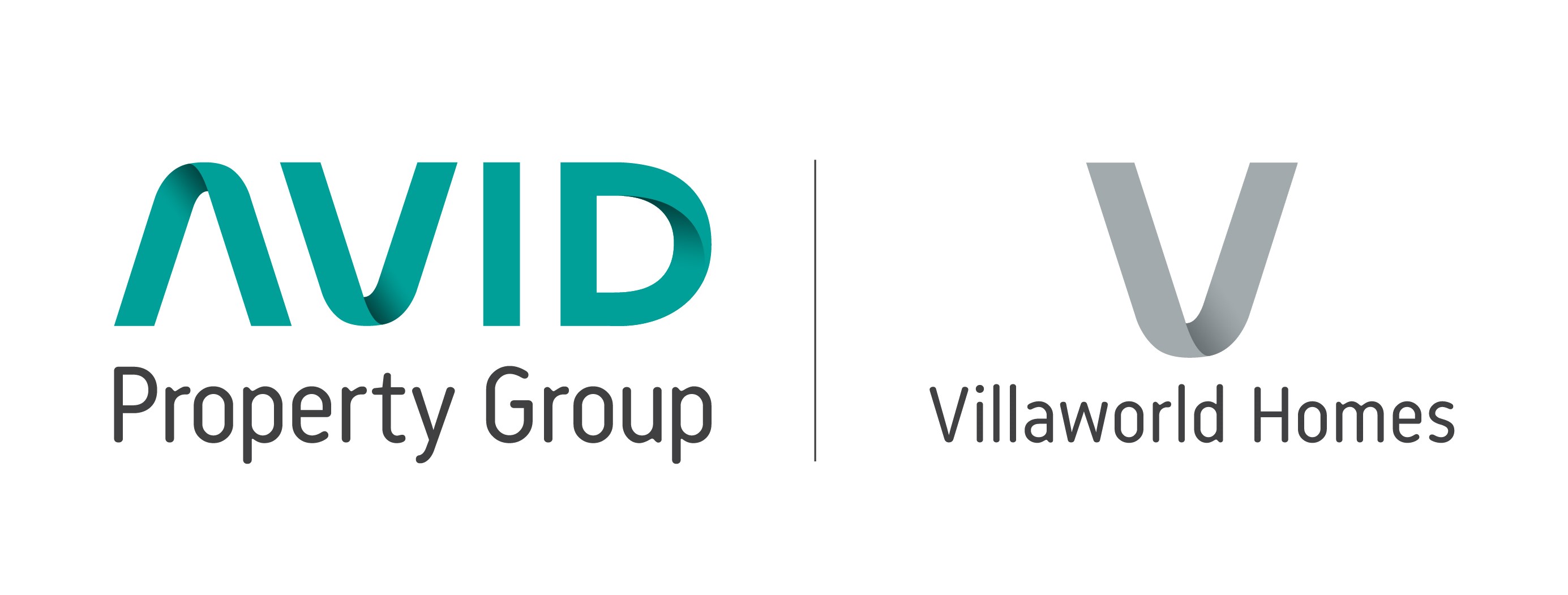Information
-
Conducted on
-
Number of homes under construction
-
Prepared by
-
Location
-
This WHSE Inspection Checklist is to be completed by each site based employee (Manager/Supervisor) for each construction site they work on. Any hazards or risks identified in this WHSE inspection is to be recorded on this document and then sent to the Construction Area Manager, General Manager Housing, and National HSE Manager.
1. WHSE Administration
-
1.1 Does the project you are working on have a Villaworld Homes Project WHSE Management Plan that has been reviewed in the last three months?
-
1.2 As a Site Manager/Supervisor have you read and signed the WHSE Management Plan you are currently working on?
-
1.3 (NON-NEGOTIABLE 1) - Pick one worker on site and confirm if they have received the site specific induction and we have a copy of their construction industry induction card? (white card) If we do not have a copy of the workers card the worker must leave site immediately. (TAKE A PHOTO OF THE INDUCTION RECORD)
-
1.4 Does your site have the appropriate Villaworld Homes WHSE construction site signage at the main entrances to the site? (sign with pictograms must be at all entrances to site)
-
1.5 Do all lots inspected have the Villaworld Homes lot signage appropriately displayed?
-
1.6 If any high risk work is being conducted on the project have the workers signed a Safe Work Method Statement and is it site specific?
2. Physical Safety Hazards
-
2.1 Is the site secure via the provision of temporary fences (or similar) to prevent access by unauthorised persons?
-
2.2 (NON-NEGOTIABLE 2) - Is stock/materials stored safely so as not to create a trip hazard for site workers working around the site? (If the stock/materials left on site can be attributed to one specific subcontractor, the subcontractor should be issued with a WHSE Corrective Action Report)
-
2.3 (NON-NEGOTIABLE 2) - Are access paths for members of the public clear and free from other slip/trip hazards? (If the stock/materials left on site can be attributed to one specific subcontractor, the subcontractor should be issued with a WHSE Corrective Action Report)
-
2.4 Bins are not overloaded?
-
2.5 Amenities available for workers (toilets etc) and are they clean? (e.g. soap is available)
-
2.6 Ladders used appropriately (workers not standing on top rung, three points of contact, extended 1m passed top landing etc)?
-
2.7 If using extension ladders they are secured at top or bottom to prevent movement?
-
2.8 Ladders on site are industrially rated?
-
2.9 Void protection - all voids are covered and secured? (void covers must NOT be left open). If workers are working on a first floor and there is an open void, the subcontractor is to be issued with a WHSE Corrective Action Report)
-
2.10 Fall prevention - all work platforms where workers are working at heights greater than 2m have secure handrails and guarding? (mobile scaffolds, roof rails etc.)
-
2. 11 If scaffolding is on site, is it fit for purpose (including access and egress) and has a scaffold tag or sign off document been provided? (If not, the scaffold must be closed immediately and a licensed scaffolder contacted to fix the issues)
-
2.12 Plant and equipment on site is appropriately (grinders, saws etc) and adequately guarded?
-
2.13 Trenching and excavations are adequately controlled (if greater than 1.5m deep they are benched, battered or shored)?
-
2.14 If digging has been conducted to a depth greater than 500mm or within 5m of an electrical distribution box or transformer, has the Permit to Dig (WHSE-F48) been used?
-
2.15 If the site is operating within public roads it has a Traffic Control Plan been developed? (If not, contact the National HSE Manager immediately)
-
2.16 Electrical leads and tools are free from damage (no broken plugs or exposed leads)?
-
2.17 All electrical equipment is tested and tagged within appropriate intervals? (e.g. every three months)
-
2.18 Mobile Plant issues addressed (public and vehicle separation, daily log books completed, flashing lights and reverse beepers in operation)?
-
2.19 Impalement hazards appropriately controlled?
-
2.20 (NON-NEGOTIABLE 3) PPE being worn appropriately by all site workers (minimum of high vis vest/shirt and steel capped boots)? Hearing protection and eye protection should also be worn when using power saws and grinders etc.
-
2.21 Any issues with unwanted animals on site?
-
2.22 If Hazardous Substances are being used by subcontractors on site do they have a copy of the Safety Data Sheets (SDS)?
-
2.23 If working in a "fire ant zone" (Qld only) have any fire ants been detected?
-
2.24 Has all temporary propping been completed with appropriately rated materials (e.g. acrow props)?
-
2.25 Are bricklayer trestles set up on appropriate footings (e.g. NOT set up on bricks)?
-
2.26 Are all workers complying with COVID Safe principles? (social distancing etc.)
-
2.27 Have all inground services (Stormwater/Sewer pits and meters) been identified and protected from damage by physical barrier i.e plastic barrier mesh/flagging or warning tape?
-
2.28 If subcontractors are cutting materials that may contain silica are they using appropriate controls to eliminate or minimise airborne dust particles (e.g. vacuum's, wet cutting, appropriate respiratory devices).
-
2.29 Any other hazards not previously identified?
3. Environmental Hazards
-
3.1 Are sediment fences installed to all relevant lots to control run off and in good working order?
-
3.2 Where there is a risk of run off (brick sand, mulch etc.), are materials stockpiled behind sediment fences and stockpiles of loose/fine material covered?
-
3.3 Has a rumble pad been installed to each relevant lot and in good working order? (e.g. not contaminated with sand etc.)
-
3.4 Is the roadway clean and free of mud/dirt, dust and debris? (if not, please advise when the road sweep has been booked for)
-
3.5 Are temporary (or permanent) down pipes installed and connected on all lots?
-
3.6 Are bunds and swales used to control/divert run off from lots as required?
-
3.7 Are gully pits covered with filter cloth and protected with filter socks/dams and in good working order?
-
3.8 Are painters, waterproofers and other wet trades washing out in a manner that prevents run off from entering the stormwater system?
-
3.9 Is turf to street/verge clear of sediment, mud, dirt and debris?
4. Actions
-
4.1 Have any actions allocated to you from previous inspections/audits carried out on the project been closed out?
Sign off
-
Senior/Building/Site/HSE Manager/Supervisor
Corrective Actions
-
undefined
-
Select date
-
On completion of this Weekly HSE Inspection Checklist please send/export the document to your Construction Area Manager, General Manager Housing, National HSE Manager and Corporate Administrator.









